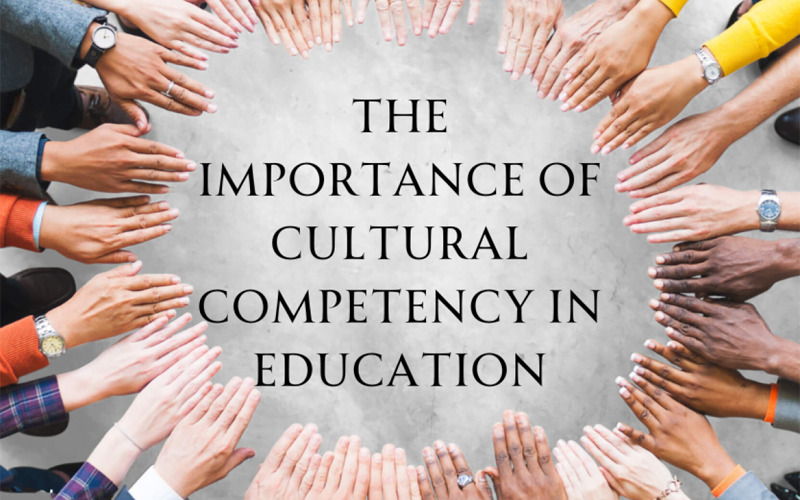Introduction: The Global Classroom
In an increasingly interconnected world, classrooms are no longer isolated entities. They are microcosms of the global community, teeming with diverse cultures, languages, and perspectives. As educators and students navigate this rich tapestry, the importance of cultural competency becomes paramount. But what does it mean to be culturally competent, and why is it crucial in today’s educational landscape?
The Essence of Cultural Competency
Cultural competency goes beyond mere awareness of different cultures. It involves:
- Understanding: Recognizing the nuances, values, and beliefs of various cultures.
- Appreciating: Valuing diversity and viewing differences as strengths rather than barriers.
- Adapting: Being flexible and open-minded, adjusting one’s approach based on cultural contexts.
- Communicating: Engaging in open dialogue, free from biases and prejudices.
Why Cultural Competency Matters in Education
- Diverse Classrooms: With the rise in global mobility, classrooms are more diverse than ever. Students come from different backgrounds, bringing with them unique perspectives and experiences. Cultural competency ensures that every student feels valued and understood.
- Preparing Global Citizens: In a globalized world, students will inevitably interact with people from different cultural backgrounds, be it in their professional or personal lives. Culturally competent students are better equipped to navigate these interactions successfully.
- Reducing Conflicts: Misunderstandings stemming from cultural differences can lead to conflicts. Cultural competency provides the tools to navigate these differences, fostering harmony and mutual respect.
- Enhancing Learning: Diverse perspectives enrich the learning experience. When students are culturally competent, they are more open to learning from their peers, leading to a more holistic education.
The Journey to Cultural Competency: Steps for Educators
- Self-Reflection: Before educators can teach cultural competency, they must introspect on their own biases and beliefs. This involves recognizing and challenging any stereotypes they might hold.
- Continuous Learning: Cultural competency is not a destination but a journey. Educators must continuously educate themselves about different cultures, attending workshops, reading, and engaging in discussions.
- Inclusive Curriculum: The curriculum should reflect the diversity of the classroom. This involves including literature from different cultures, discussing global events, and celebrating cultural festivals.
- Promote Open Dialogue: Encourage students to share their experiences and perspectives. Create a safe space where they can discuss cultural differences without fear of judgment.
- Collaborate: Engage with educators from different cultural backgrounds. This not only enhances your own cultural competency but also provides students with diverse role models.
Global Citizenship: The Bigger Picture
Cultural competency is a stepping stone to global citizenship. A global citizen is someone who:
- Is aware of global events and their implications.
- Understands and values diversity.
- Is socially responsible and works towards global betterment.
- Thinks critically and challenges injustices.
Conclusion: The Way Forward
In the words of Maya Angelou, “In diversity, there is beauty and there is strength.” As educators, it’s our responsibility to harness this beauty and strength, molding students who are not just academically proficient but also culturally competent and globally aware. In doing so, we’re not just preparing them for exams; we’re preparing them for life.


